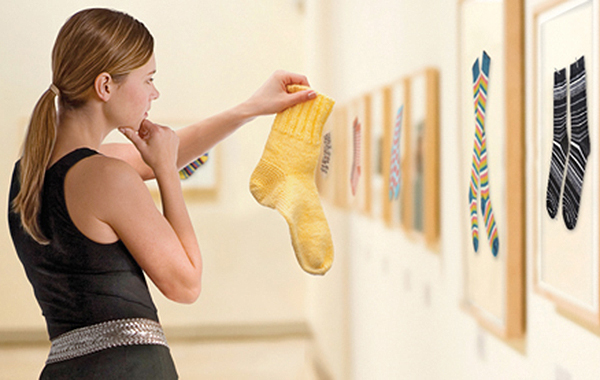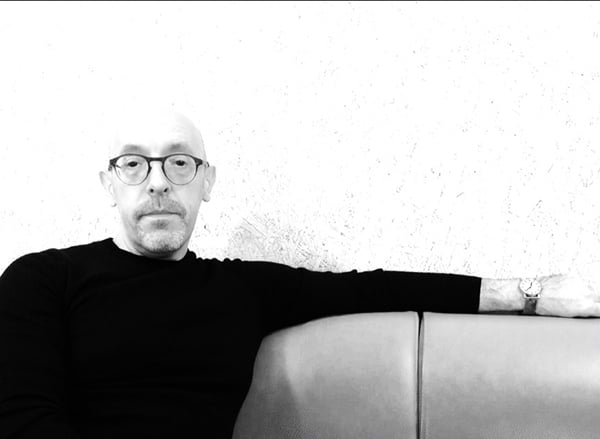


Adrian George.
Photo: Courtesy of Adrian George.
So you want to be a curator, eh? Join the queue. The job of putting exhibitions together has never been more popular. Curating courses have spread like wildfire, drawing in more students every year. On paper, it sounds like the ideal job: curators are immersed in art, have the creative license to give shape to their visions, and, if contemporary art is their thing, hang out with some of the world’s most exciting people, artists.
But curating isn’t just about convoluted thinking. It’s also a very hands-on job, requiring a wide-ranging skill set. Veteran curator Adrian George has distilled years of experience into a practical manual, The Curator’s Handbook, which is out in the UK today. He shared his top tips with artnet News.
1. Your curatorial idea is only a small part of the overall project. You need to be able to fundraise for, organize, and deliver your exhibition. Otherwise, it will never be more than an idea.
2. You need to be able to communicate the ideas, and perhaps the theories, that underpin your project. You should also be able to articulate the same thing in a simpler and more concise way to a range of stakeholders and potential visitors.
3. Meet people. The web is all well and good, but having face-to-face meetings with artists, collectors, and other curators can often resolve issues that are not obvious or are too subtle to be communicated remotely.
4. Fundraising is increasingly a major part of a curator’s role. So make friends of your donors. They may be much more supportive of your project if they can meet you and/or the artists and not just the development/sponsorship team.
5. Make the registrar your friend. Registrars can work with you to find solutions to your art transport and logistics problems, and they can also use their (often very impressive) international networks to source help from almost anywhere in the world.
6. If you have the chance to work with a dedicated and experienced PR person, use them. You may be an accomplished writer, but your writing may not sit well in the media. You may be an experienced lecturer and the world expert on the subject, but you may not come across well on camera. Take the advice of your PR.
7. If you end up giving interviews, then think about what message you are giving out in advance. It is better to make one point well than try to make several points badly.
8. Curatorial practice is changing. The curator today has to be flexible, open to collaborations, and able to think outside the (white) box.
9. It’s boring to talk about health and safety until someone is injured in your space and seeks compensation.
10. Discuss and agree as much as you can in advance, build in some flexibility, and then get everything in writing. But be prepared for something to go wrong at the last minute. It probably will.
Adrian George is Deputy Director and Senior Curator at the UK Government Art Collection. The Curator’s Handbook 2015 is a guide to 21st century curatorial practice and is published by Thames & Hudson.





